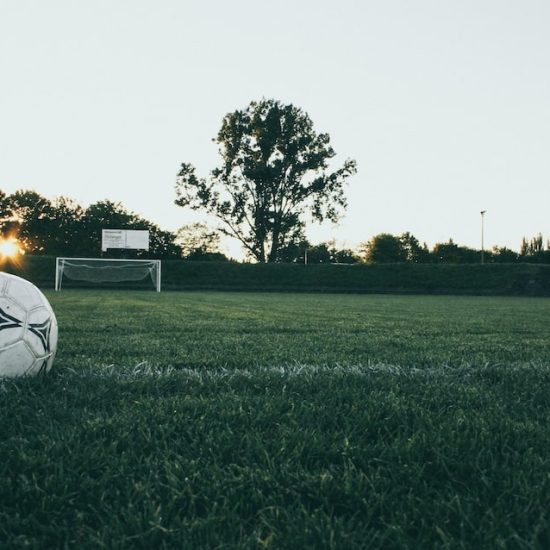In this article
I’ll be honest—my first ice bath felt like voluntary torture. But three years later, it’s become my non-negotiable morning ritual. Here’s everything you need to know about this game-changing habit.
What Is Ice Bathing?
The Cold Truth About Cold Exposure
Ice bathing, also known as cold water immersion or cold plunging, involves submerging your body in water between 50-59°F (10-15°C) for 2-15 minutes.
It’s not just a trendy wellness hack—it’s a practice rooted in ancient traditions and backed by modern science. From Scandinavian ice swimming to Japanese misogi purification rituals, humans have used cold exposure for centuries.
What counts as ice bathing:
- Ice baths in tubs or barrels
- Cold showers (though less effective)
- Natural cold water swimming
- Cryotherapy chambers
Cold Showers vs. Ice Baths: The Key Differences
While both involve cold exposure, ice baths deliver more intense benefits due to full-body immersion and lower temperatures.
| Method | Temperature | Duration | Effectiveness |
|---|---|---|---|
| Cold Shower | 60-70°F | 2-5 minutes | Moderate |
| Ice Bath | 50-59°F | 2-15 minutes | High |
| Natural Water | 32-55°F | 1-10 minutes | Highest |
Pro tip: Start with cold showers to build tolerance before progressing to ice baths.
Benefits: Why Subject Yourself to This?
Physical Benefits That Actually Matter
The research is compelling. A 2022 study in PLOS One showed regular cold exposure can:
Inflammation & Recovery:
- Reduces muscle soreness by 20-30%
- Decreases inflammatory markers
- Speeds up post-workout recovery
Metabolic Boost:
- Increases brown fat production
- Boosts metabolism by 15-20%
- Improves insulin sensitivity
Immune System:
- 29% reduction in sick days (Dutch study)
- Increased white blood cell count
- Enhanced stress resilience
Mental Health & Performance Gains
Here’s where ice bathing gets interesting. The mental benefits often outweigh the physical ones.
Dopamine & Mood:
- 250% increase in dopamine (lasting 2-3 hours)
- Reduced anxiety and depression symptoms
- Enhanced focus and alertness
Stress Resilience:
- Improved HRV (heart rate variability)
- Better stress response
- Increased mental toughness
Personal note: The confidence boost from conquering that initial fear translates to every area of life.
How to Do It: Your Step-by-Step Guide
Setting Up Your First Ice Bath
Equipment needed:
- Large tub, barrel, or inflatable pool
- 20-40 lbs of ice (depending on tub size)
- Thermometer
- Timer
- Towels and warm clothes nearby
The setup process:
- Fill tub with cold tap water
- Add ice gradually until temperature reaches 50-59°F
- Test temperature with thermometer
- Keep warm clothes within arm’s reach
The Perfect Ice Bath Protocol
Before you get in:
- Do 2-3 minutes of breathing exercises
- Set your timer
- Remove jewelry and watches
- Have an exit strategy
Getting in safely:
- Enter slowly (feet first)
- Sit down gradually
- Keep shoulders above water initially
- Control your breathing (no hyperventilating)
- Submerge fully when comfortable
Duration guidelines:
- Week 1-2: 30 seconds to 2 minutes
- Week 3-4: 2-5 minutes
- Month 2+: 5-15 minutes maximum
Never exceed 15 minutes—hypothermia risk increases significantly.
Tips & Strategies: Mastering the Mental Game
The Breathing Framework That Changes Everything
Box Breathing Technique:
- 4 counts in through nose
- 4 counts hold
- 4 counts out through mouth
- 4 counts hold
- Repeat throughout session
This isn’t just about surviving—it’s about staying calm and reaping maximum benefits.
The Wim Hof Method:
- 30 deep breaths before entering
- Controlled breathing during immersion
- Focus on breath, not the cold
Tools & Equipment for Success
Essential gear:
- Digital thermometer ($15-30)
- Waterproof timer ($10-20)
- Non-slip bath mat
- Insulated ice bath tub ($200-800)
Budget-friendly alternatives:
- Large trash can or storage bin
- Kiddie pool in backyard
- Natural bodies of water
The progression framework I use:
| Week | Temperature | Duration | Focus |
|---|---|---|---|
| 1-2 | 55-59°F | 30s-2min | Breathing |
| 3-4 | 52-56°F | 2-5min | Relaxation |
| 5-8 | 50-54°F | 5-10min | Mindfulness |
| 9+ | 45-52°F | 10-15min | Optimization |
Mental Strategies for Success
The anticipation is worse than the actual experience. Here’s how I handle it:
- Pre-commitment: Tell someone your plan
- Ritual creation: Same time, same process daily
- Visualization: See yourself succeeding before you start
- Reward system: Small celebration after each session
Remember: Discomfort is temporary, but the benefits last all day.
FAQ: Your Most Common Questions Answered
1. Is ice bathing actually safe?
Yes, when done properly. Avoid if you have heart conditions, are pregnant, or take certain medications. Start slowly and listen to your body.
2. What’s the optimal temperature for beginners?
Start at 55-59°F. This provides benefits while minimizing shock. Drop temperature gradually as tolerance builds.
3. How often should I ice bath?
3-4 times per week maximum. Daily sessions aren’t necessary and may lead to adaptation where benefits plateau. I know of people that made it into a daily habit, and there are some benefits, but it can come with side effects.
4. Should I ice bath before or after workouts?
After workouts: Better for recovery and inflammation, however, blunts muscle growth.
Before workouts: May reduce strength gains but improves alertness and motivation.
5. Can I eat before an ice bath?
Wait 2-3 hours after large meals. Light snacks 30 minutes before are fine. Your body needs energy to maintain core temperature.
6. What if I can’t afford an ice bath setup?
Start with cold showers, gradually decreasing temperature. Find natural cold water sources. Use a large trash can with ice as budget option.
7. How do I know if the water is too cold?
If you can’t control your breathing or feel numbness in extremities, it’s too cold. Aim for “comfortably uncomfortable.”
8. Why do I feel amazing after ice baths?
The dopamine release, sense of accomplishment, and physiological stress response create a natural high that can last hours.
9. Can ice baths help with weight loss?
Indirectly, yes. They boost metabolism and increase brown fat, but they’re not magic bullets. Diet and exercise remain primary factors.
10. What’s the biggest mistake beginners make?
Going too cold, too long, too soon. Start conservative. The goal is consistent practice, not proving toughness in week one.
The bottom line: Ice bathing isn’t about suffering—it’s about building resilience, improving health, and proving to yourself that you can do hard things. Start small, stay consistent, and let the compound benefits speak for themselves.



